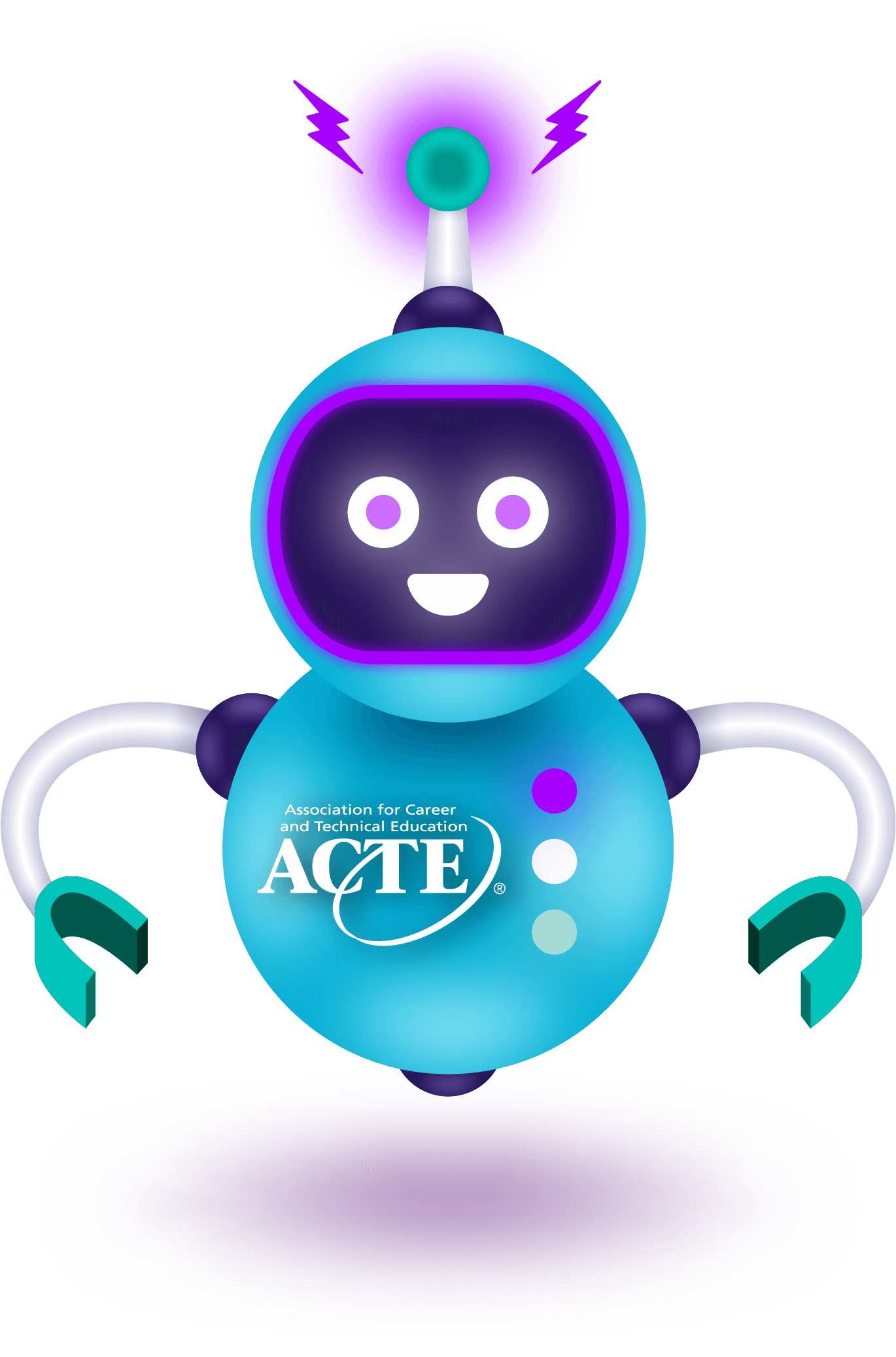 New Data on Nondegree STEM Credentials: Recent data released by the National Center for Science and Engineering Statistics (NCSES) provides insight into the national STEM nondegree workforce. The data was collected in 2022 through the National Training, Education and Workforce Survey. Key findings include the following:
New Data on Nondegree STEM Credentials: Recent data released by the National Center for Science and Engineering Statistics (NCSES) provides insight into the national STEM nondegree workforce. The data was collected in 2022 through the National Training, Education and Workforce Survey. Key findings include the following:
- In 2022, 75 million workers held a nondegree credential, and 30% of them worked in a STEM occupation.
- Among STEM workers with a nondegree credential, 40% completed a work experience program, 38% held a license or certification and 24% held a vocational certificate.
- Thirty-six million individuals worked in STEM occupations.
- Fifty-one percent reported a subbaccalaureate credential as their highest education level.
- Seventeen percent of female workers and 29% of male workers were employed in a STEM field.
In addition to these findings, the NCSES released a data tool and tables.
CTE in Washington State: A study conducted by Education Northwest examines the impact of CTE on student outcomes in Washington state. The researchers utilized state longitudinal data, following more than 750,000 public high school students between the 2013-14 and 2023-24 school years.
Analysis of the data revealed that CTE participation in the state is high, with the share of students earning four or more CTE credits rising from 42% in 2017 to 56% in 2024. Although 94% of students earned at least one CTE credit in 2024, access remains a challenge as small, rural and low-income schools offer fewer programs on average. The Career Clusters with the highest participation rates are Health Science; Arts, A/V Technology & Communications; and Agriculture, Food & Natural Resources.
Students who earn more than one CTE credit are 5.7 to 12 percentage points more likely to graduate high school than those who only earn up to one CTE credit. Most students in the state explore CTE broadly rather than focusing on a single pathway, but the researchers found that those who do focus on a single pathway generally experience stronger postsecondary and workforce outcomes. In particular, Agriculture, Finance, Manufacturing and Transportation students who focus on their pathway are more likely to earn a postsecondary credential and earn a living wage six years after high school.
Throughout the report, the authors also noted that many of the positive impacts of CTE in the state are stronger for male students and recommend expanding CTE pathways and recruitment efforts.
Career-connected Learning in New Hampshire: A report from Gallup and the New Hampshire Learning Initiative analyzes the impact of career-connected learning (CCL) for middle school students in New Hampshire. The researchers surveyed over 4,000 middle school students across the state in 2023 and 2024 and found the following:
- Fifty-three percent of students want to participate in more CCL activities in their school, but only 25% said that their school offers an activity in a career that interests them.
- Students who participate in a CCL activity in class are more likely to be engaged and say that they learned about a job they have not heard of before.
- The most effective activities include mentorships, job panels and volunteering related to a career.
- Hands-on CCL activities, such as internships, are the strongest influencers of students’ post-high school plans.
Does Expanding Access to CTE Induce Participation and Improve Outcomes?: A report from the Rappaport Institute for Greater Boston examines the impact of CTE program exposure on student participation and postsecondary outcomes. The researchers tracked Massachusetts high school students between the 2005-06 and 2019-20 school years.
After analyzing state longitudinal education and workforce data, the researchers found that introducing a new CTE program in the high school results in 11.5% of non-CTE students enrolling in the program, about 1 in 8 students – 1 in 6 when the introduction of the new program occurs in 9th grade. Students exposed to new CTE programs also saw an increase in earnings, with employed students earning 9% more one year after graduating high school compared to students in schools without the program.
When examining outcomes by student demographics, the researchers found that while educational outcomes are not different between student groups, workforce outcomes are. Black and Hispanic students, students with disabilities and male students who are exposed to a new CTE program experience stronger gains in earnings than other learner groups. Student demographics are also linked to outcomes by cluster; female students exposed to Education programs and Black and Hispanic students exposed to IT programs are more likely to enroll and complete a postsecondary credential.







